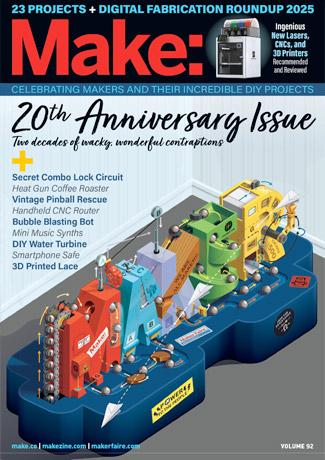
Over the years, microbiologists and bioengineers have used bioreactors for the study of microbes and production of bio products such as precursor chemicals for pharmacies. Bioreactors are the devices that supply the necessary nutrients to bacteria to sustain their growth. One example of bioreactors related to our daily life are fermentators for beer production. Another example is the photo bioreactor for cyanobacteria. Cyanobacteria captures CO2 from atmosphere and converts it to biomass via sunshine assisted photosynthesis. Recent metabolic engineering using synthetic biology techniques has rerouted the carbon flow inside the cell to produce useful fuel. Although the bioreactors have existed for many decades, their widespread use is very limited because the commercially available bioreactors have been prohibitively expensive and often lack flexibility for configuration for specific needs.

In terms of bioreactor design, one hallmark is the invention of “chemostat” by Novick and Szilard in 1950. Novick and Szilard are both physicists and therefore conceived a pump to be added into the culture vessel to continuously supply nutrient medium to sustain a steady state population. Such a “steady state” is very crucial and serves as a basis for mutation study. Without it, the bacteria growing under a fixed of amount of nutrient would simply consume nutrient and go through stress as a result.
In 2013, an accidental encounter with Prof. Roy Kishony’s work on the “morbidostat” in Nature Genetics has lead our group to make various bioreactors with Arduino. Prof. Roy Kishony, then in Harvard, now in Technion-Israel Institute of Technology, has pioneered the study of antibiotic drug resistance. The antibiotic drug resistance is one of the major issues in public health as a result of over use of antibiotic drug. The morbidostat is a device for continuous cultivation of bacteria, but with the feedback algorithm to inject drug to suppress the microbial growth. It helps scientists mimic the evolution process of bacteria in animals or humans as they acquire multiple antibiotic drug resistances in well controlled laboratory environment. They have used some low cost components for optical density measurement, but still the whole assembly is cumbersome and lacks the capability to program each reactor independently.
Ever since then our team has started to make bioreactors. The end result of our efforts is a design with very low cost (less than $100 per unit) and yet it functions as good as that reported in the prestigious academic journals. In the simplest configuration, the bioreactor unit consists of a culture vessel, a stirring unit, and optical density measurement device. A cooling fan with a magnet to serve as a stirring unit to make sure the nutrient medium is well mixed with the bacteria. One pair of LED and phototransistors serves as the means to measure the optical density of bacteria by optical absorbance. A piezo micropump is used to continuously inject a nutrient medium as well as the antibiotic drug. The whole operation is orchestrated with Arduino and powered with a TOSHIBA power IC. To prove it works, we have run the experiment for ~10 days and impose a feedback algorithm to gradually increase the drug concentration and observe the antibiotic drug resistance. A benchmark experiment using trimethoprim, a common antibiotic drug, has shown that the bacteria acquire over 1000 fold of drug resistance.

One may imagine many possible extensions of such low cost bioreactors with add on modules. For example, the bioreactors can be modified with addition of LED as illumination source for photosynthesis to become photobioreactors for cyanobacteria. Another very useful tool is the fluorescent measurement unit. Fluorescent markers such as green fluorescent protein(GFP) have been widely used by scientists as reporters for gene expressions. A fluorescence measurement unit can be easily implemented with LED as excitation source, photo detector, and a set of optical filters. To scale up the operation, one can simply increase the number of bioreactors. The previous strategy is to use a massive peristaltic pump to simultaneously inject the medium into different bioreactor unit. With our design, each unit is furnished with one pump and therefore each individual bioreactor can execute a different experiment.
Our group currently endeavors to make bioreactors for synthetic photo biology. More precisely, one can use light to control the gene expression instead of using chemicals. As light sources such as LED become progressively cheaper, they can serve as very good way to control biological processes in bioreactors. One can also imagine to use these units as education kits to inspire high school students to do sophisticated bacterial culture experiment in the backyard. Previous issue in Make: magazine has described the vision of Biology in the Backyard, so such bioreactors can be added to the list.
ADVERTISEMENT





